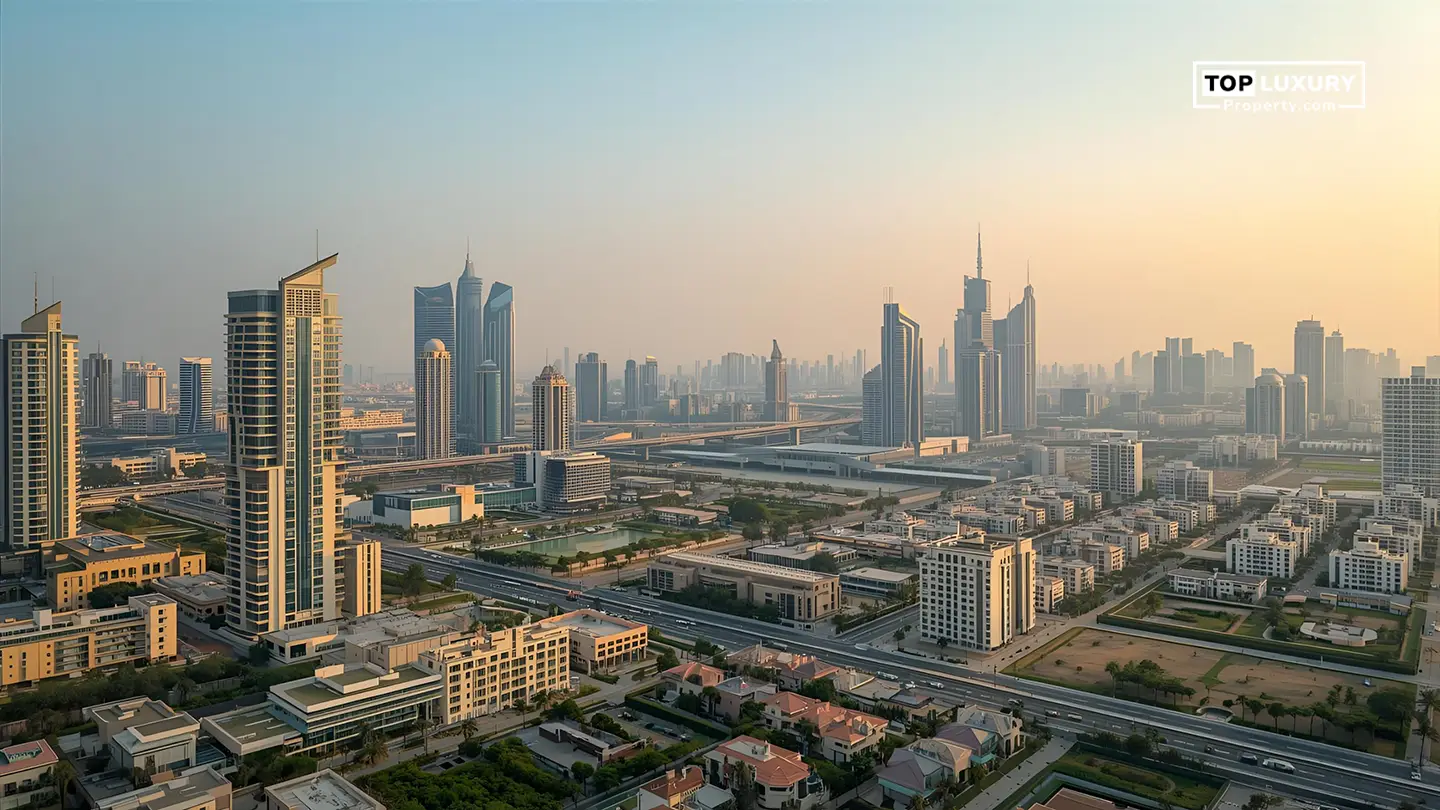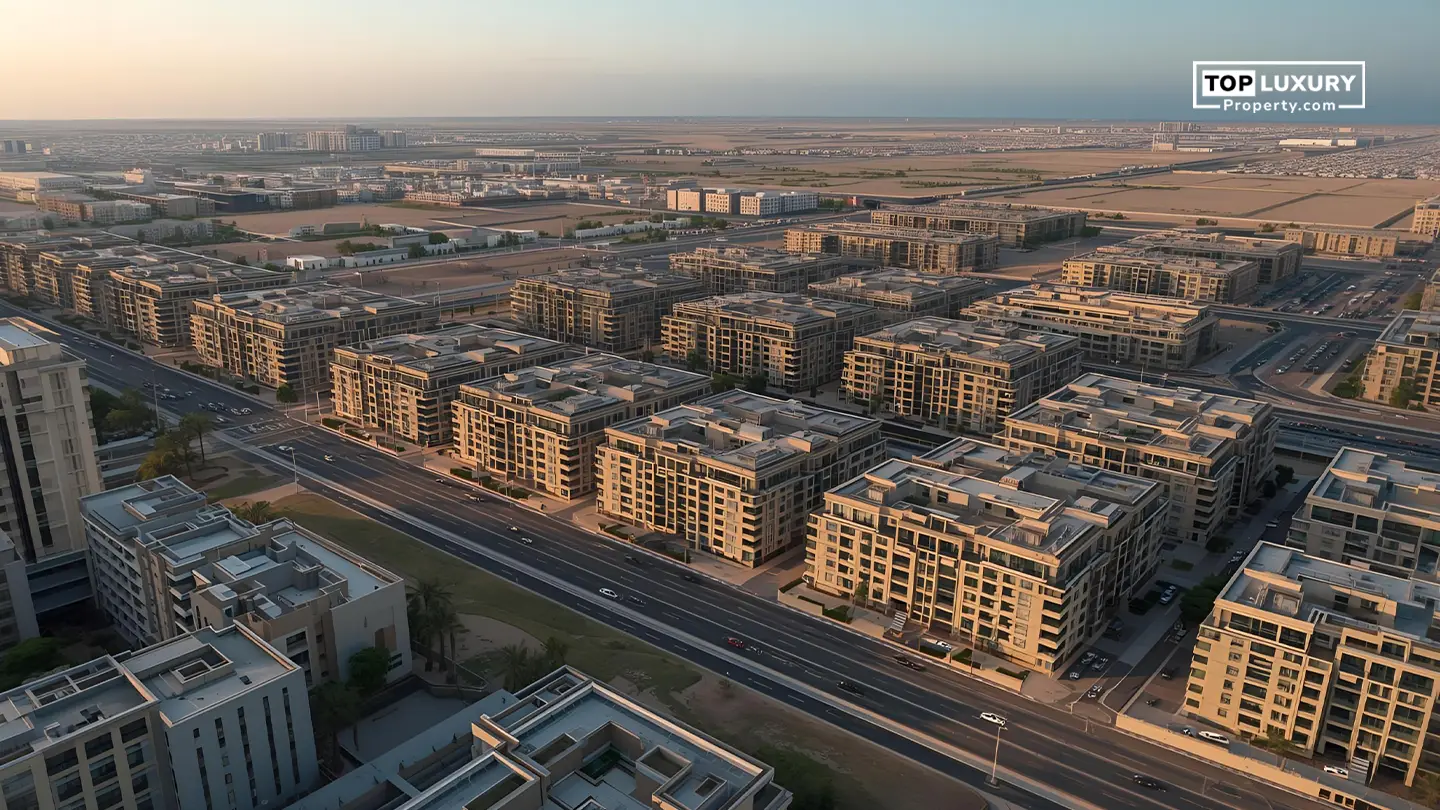What is the Unified Number (UID)?

Your Unified Number (UID) is a 9-15 digit unique identifier assigned to you by the UAE government. You get this number automatically when you enter the country on a residence visa. The key components of the UAE UID are
- First three digits: Emirate code (Abu Dhabi: 101, Dubai: 201, Sharjah: 301, Ajman: 401)
- Next four digits: Year of issue
- Final 7-9 digits: Your visa number
The General Directorate of Residency and Foreign Affairs (GDRFA) and the Federal Authority for Identity and Citizenship (ICP) manage your UID number.
Why is Your UID Important?

Your UID number is more important than you might think. Here’s why you need to know it:
For Government Services:
- You need it for UAE visa and Unified Number applications
- It’s required for Emirates ID processing
- You’ll use it for medical insurance registration
- It helps with labor contract applications
For Business Operations:
- You need it when setting up a company
- It’s required for trade license applications
- Banks may ask for it when opening accounts
For Daily Life:
- Some service providers request it for verification
- It helps track your records across different government departments
- You’ll need it for official document renewals
How to Obtain Your UID

Good news—you don’t need to apply for your UID separately. The UAE Unified ID process is automatic:
Step 1: Enter the UAE. When you arrive on a residence visa, immigration authorities generate your UID at the airport, seaport, or land border.
Step 2: Complete Visa Processing. After your medical tests and Emirates ID application, your UID gets linked to all your documents.
Step 3: Check Your Visa. Your UID appears on your residence visa once it’s stamped in your passport.
Step 4: Receive Your Emirates ID. Your UID will also be printed on your Emirates ID card.
Documents Required for UID Registration

Since your UID is generated automatically, you don’t need specific documents for registration. However, you should have these ready for related processes:
- Valid passport
- Entry visa documentation
- Medical test results
- Emirates ID application forms
- Sponsor documents (if applicable)
Where to Use Your UID

You’ll need your UID number for various services:
Government Services:
- Emirates ID applications and renewals
- Visa renewals and extensions
- Labor contract processing
- Healthcare registration
Business Services:
- Company registration
- Trade license applications
- Banking procedures
- Insurance claims
Online Services:
- GDRFA portal access
- Government service applications
- Status tracking for various processes
UID for Residents vs. Visitors

For Residents:
- You get a permanent UID that stays the same
- It’s linked to your Emirates ID
- You use it for long-term services like healthcare and education
For Visitors:
- You get a UID for temporary stays
- It’s mainly used for entry/exit tracking
- You need it for visa extensions if you decide to stay longer
How to Check Your Unified Number in the UAE

Forgot your UID? No problem. Here’s how to find it:
Online Method:
- Visit the GDRFA website (gdrfad.gov.ae)
- Click on “Unified Number Inquiry Service”
- Enter your details:
- Passport number
- Nationality
- Date of birth
- Gender
- Complete the security verification
- Click Submit
Your UID will appear on screen immediately.
Alternative Methods:
- Check your residence visa (it’s printed above the file number)
- Look at your Emirates ID
- Contact GDRFA directly: 8005111 (UAE toll-free) or +971 4 313 9999
- Visit GDRFA offices in person
Conclusion
Your UAE UID is a key number to access efficient government services and business in the UAE. By understanding its importance and keeping it secure, you can ensure smooth and hassle-free interactions with the country’s administrative systems.





